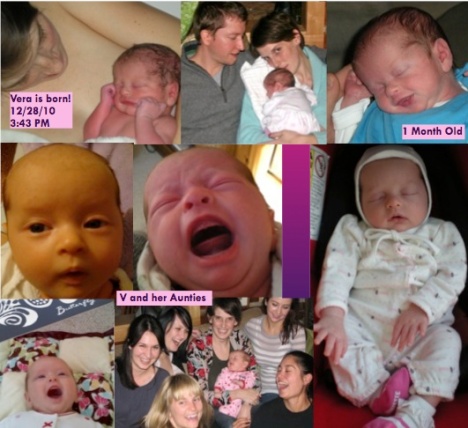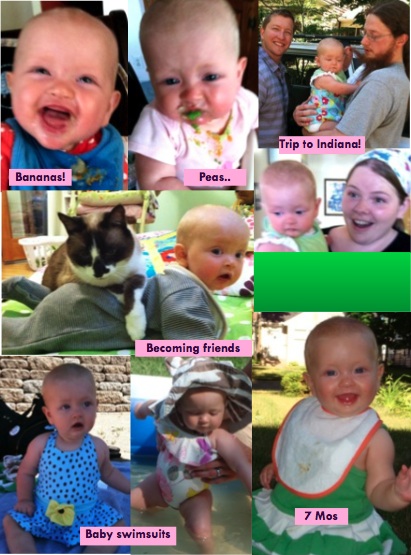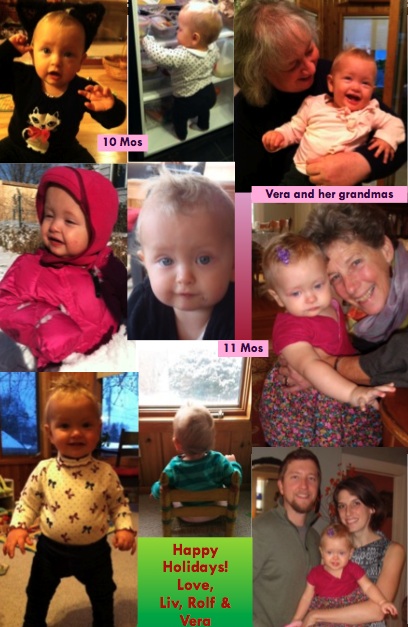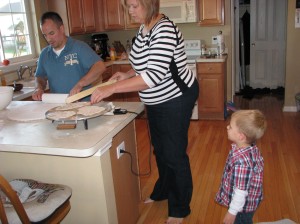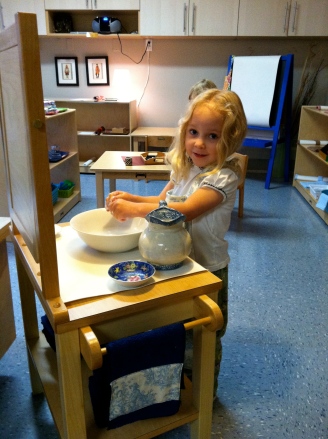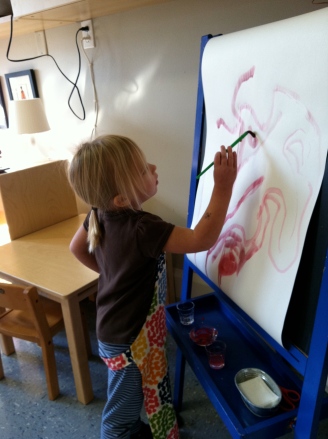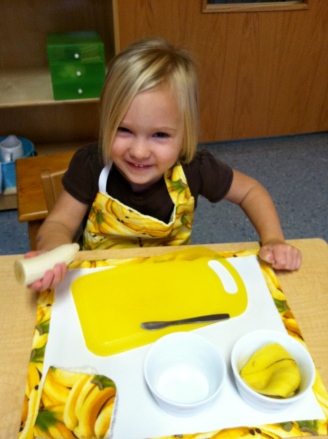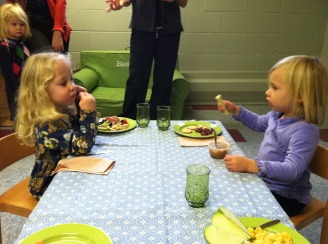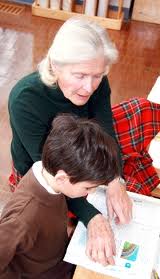What’s the best present you have ever received? I bet it wasn’t something from a big box store? Homemade, handmade gifts are always the ones I remember. They are keepsakes. Our family has always made presents and cards: it is part of our identity as a family. This Christmas my daughter Liv, out did herself. She created a series of gifts for her parents and in laws. Each package was collaboration with her husband, Rolf and daughter Vera.
The theme for this Christmas was “Family Dinner”. I am sure her Montessori training was responsible for the developmental pattern to the presents. Each gift fulfilled a step in enjoying a healthy, happy and holy dinner. We received a shopping bag, thanks to Cathedral Hill Montessori School; napkins decorated with sparkly Vera hand prints, a rosy decoupage box with 10 prayer cards put together by Rolf and Liv, and of course a cook book of Liv’s favourite recipe’s.
My husband & I will treasure these gifts forever. I plan on using them too. Tonight I am making squash soup, setting the table with my Vera napkins and we will recite a prayer or two. This is my Family Dinner kit. What more does one need in life but a bag full of great memories? Thanks Liv for the heartfelt Christmas presents. You are a creative, thoughtful & talented daughter, good mother & true friend too.
Filed under: Education and Parenting, Whole Health | Tagged: do-it-yourself, family, family dinner, food, handmade, homemade, homemade gifts, ways to save | Leave a comment »



